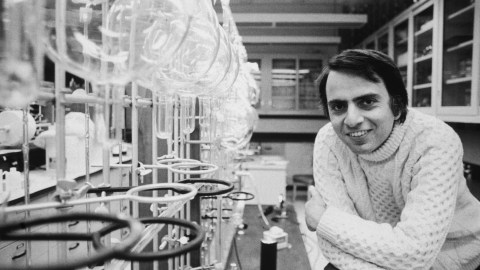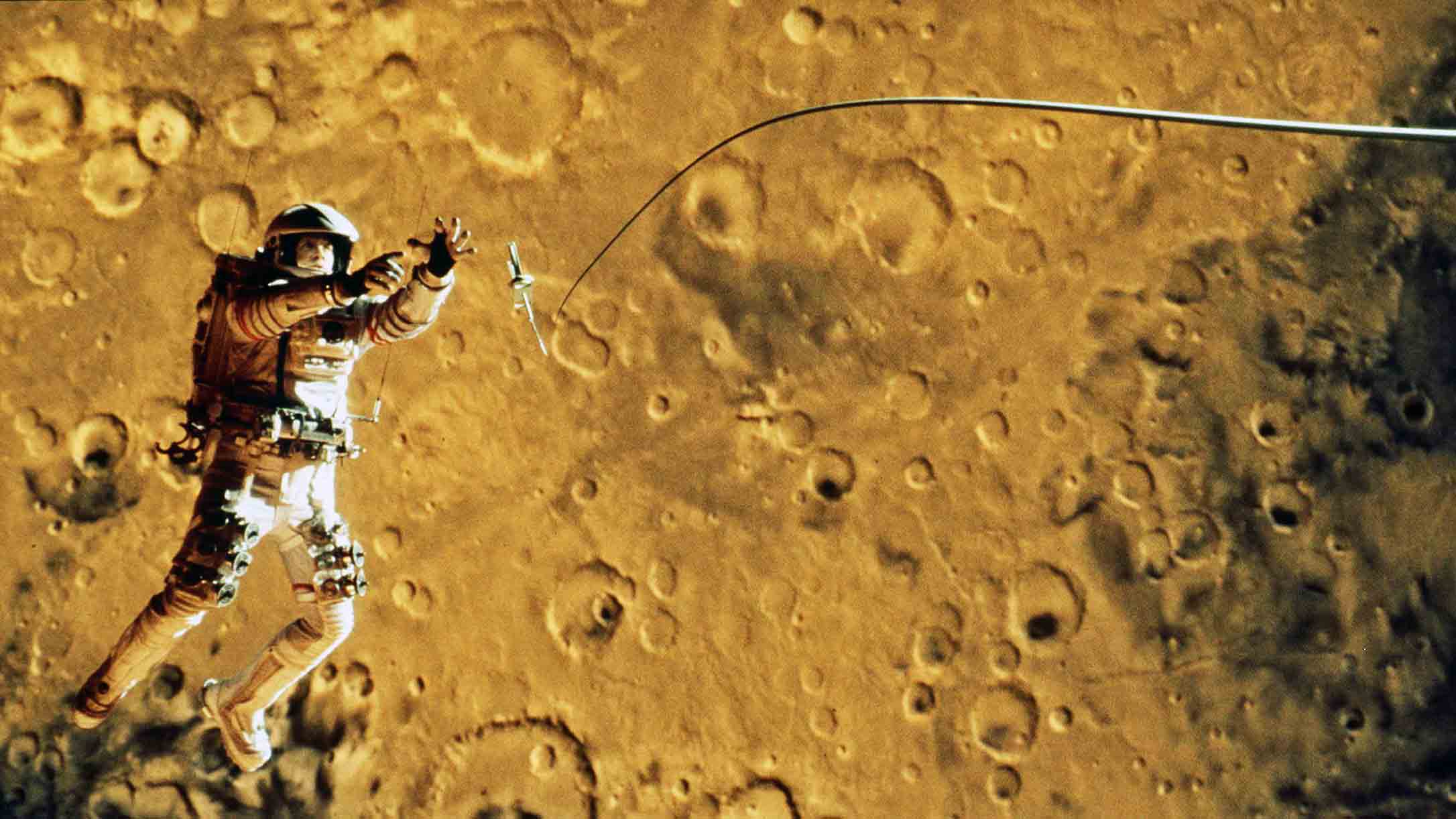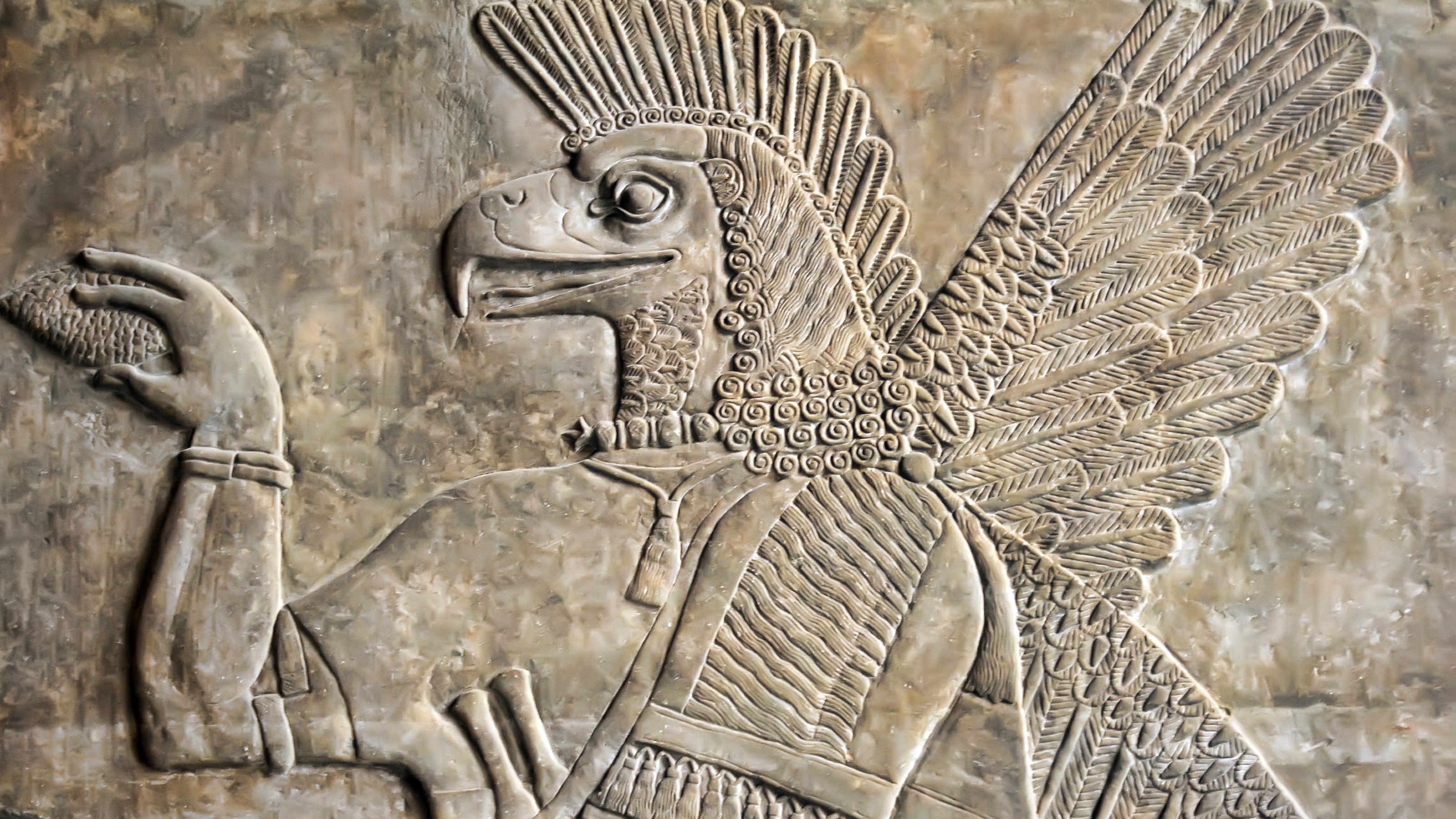Why Carl Sagan thought ancient hunter-gatherers were scientists

- In his book, The Demon-Haunted World, science communicator Carl Sagan argued that even the earliest humans, scratching out lives hunting and foraging, practiced rudimentary science.
- The prodigious tracking skills of hunter-gatherers clearly demonstrate a scientific mindset, Sagan argued, with empirical knowledge passed down over generations.
- In the developed world, dominated by computers, artificial light, and copious distractions, we tend to oversimplify science as synonymous with technological advancement. But hunter-gatherers showcase Sagan's preferred view of science: as a way of thinking.
The origin story of our species, Homo sapiens, dates back roughly 300,000 years. At this evolutionary dawn, our ancestors’ lives would have been relatively humble — foraging and hunting for food while seeking shelter under trees or in caves. Yet despite this meager existence, legendary science communicator Carl Sagan thought there was a good chance that early hunter-gatherers were already practicing genuine science.
As Sagan argued in his timeless tome of scientific knowledge, The Demon-Haunted World: Science as a Candle in the Dark, ancient hunter-gatherers likely utilized keen, patient observation and data analysis in their survival pursuits, passing on honed skills and empirical knowledge over generations.
The science of the !Kung San
Sagan’s views on this matter were shaped by the prowess of modern hunter-gatherers, who, with only their senses and intellect, track animal prey with deadly efficiency. In his book, he described all the information the !Kung San people of the Kalahari Desert in Botswana could derive simply by observing an animal’s footprint.
“The footprints of a fast-moving animal display a more elongated symmetry. A slightly lame animal favors the afflicted foot, puts less weight on it, and leaves a fainter imprint. A heavier animal leaves a deeper and broader hollow,” he wrote. “The correlation functions are in the heads of the hunters.”
Sagan also lauded how the hunters took erosion into account to determine a print’s age. A print with more crumbled walls and a greater amount of windblown sand on the floor was made longer ago. “This method is essentially identical to what planetary astronomers use in analyzing craters left by impacting worldlets,” Sagan noted.
The !Kung even account for the soil’s moisture content when estimating a print’s age. “To me, all of these formidable forensic tracking skills are science in action,” Sagan wrote. “Someone had to figure out all these tracking protocols for the first time, perhaps some paleolithic genius, or more likely a succession of geniuses in widely separated times and places.”
The evolution of scientific thinking
And like discoveries and theories carried on through the generations in textbooks and scientific journals, so too did the wisdom of ancient hunter-gatherers persist.
“Scientific thinking has almost certainly been with us from the beginning,” Sagan said, adding that it might even be favored by evolution. “The development of tracking skills delivers a powerful evolutionary selective advantage. Those groups unable to figure it out get less protein and leave fewer offspring. Those with a scientific bent, those able to patiently observe, those with a penchant for figuring out acquire more food, especially more protein, and live in more varied habitats; they and their hereditary lines prosper.”
Sagan further extolled modern-day hunter-gatherer societies’ tendency toward objective thinking: substantive debate, direct democracy, and a lack of religious figures — noting that these characteristics likely have been around for tens of thousands of years, perhaps longer. And he lamented that humans living in more developed countries instinctively view present-day hunter-gatherers as “primitive.” Sagan instead hailed them as “the custodians of our deep past.”
In the developed world, dominated by computers, artificial light, and copious distractions, we tend to oversimplify science as synonymous with technological advancement. But hunter-gatherers showcase Sagan’s preferred view of science: as a way of thinking.





